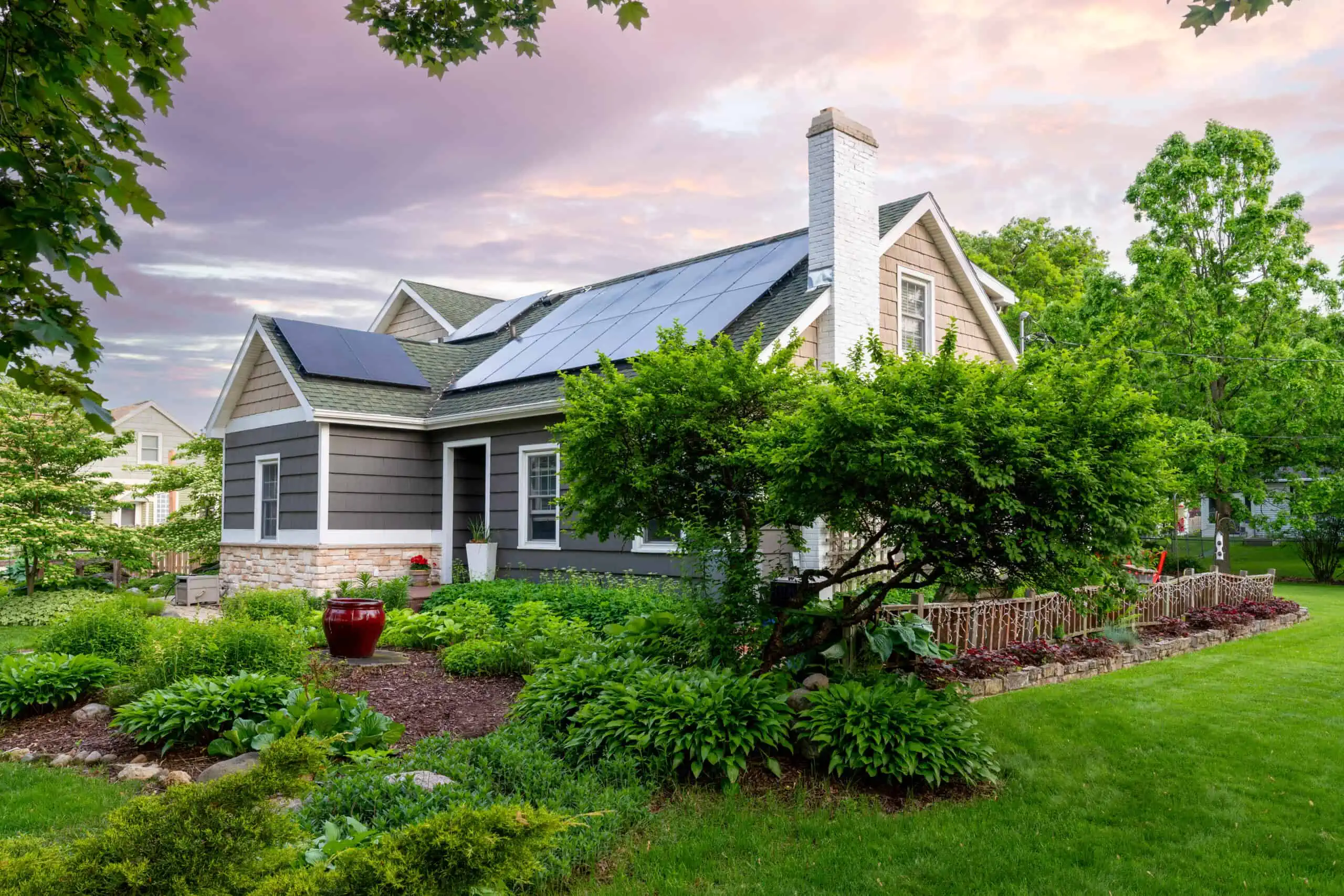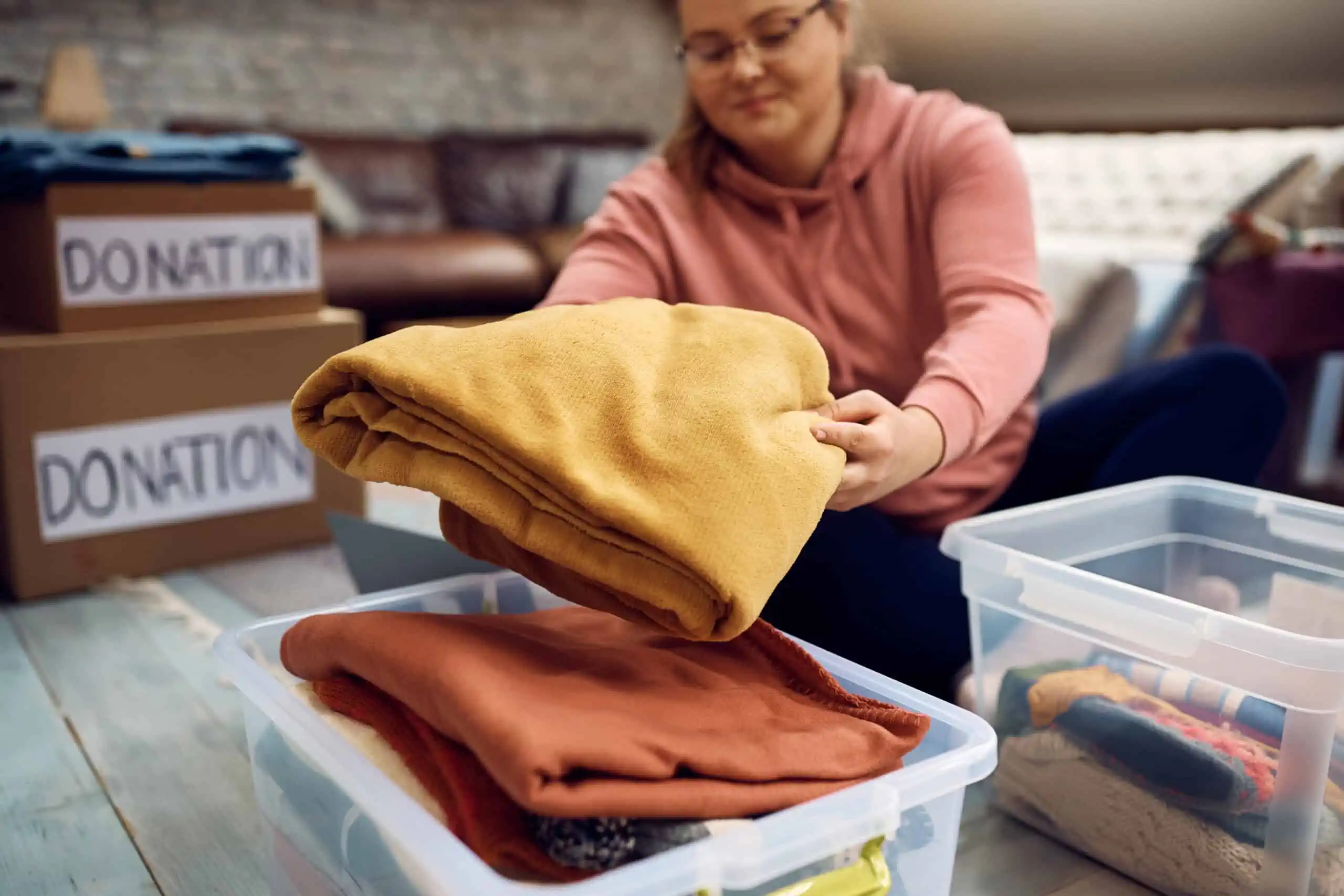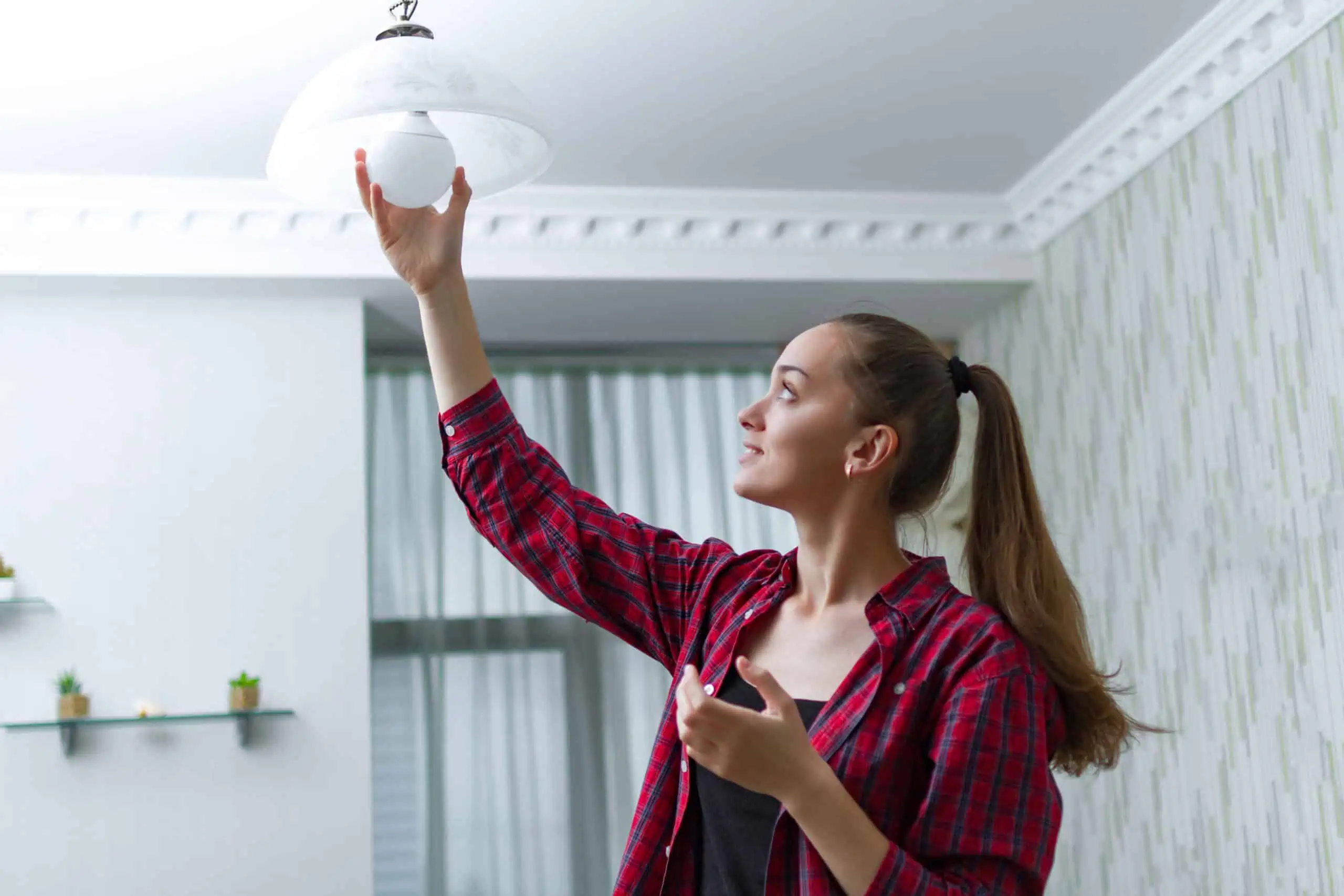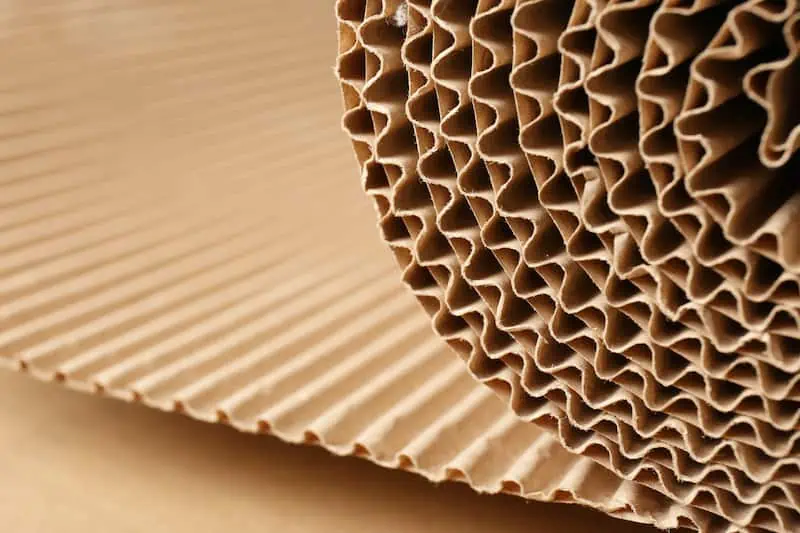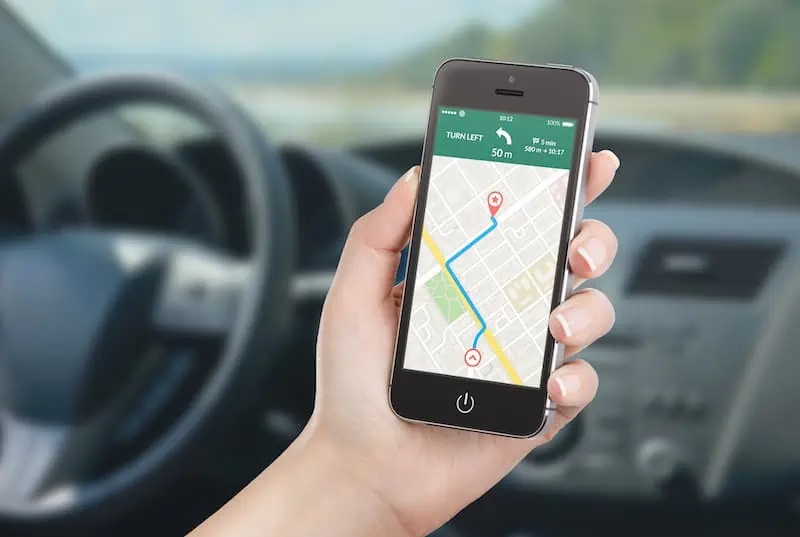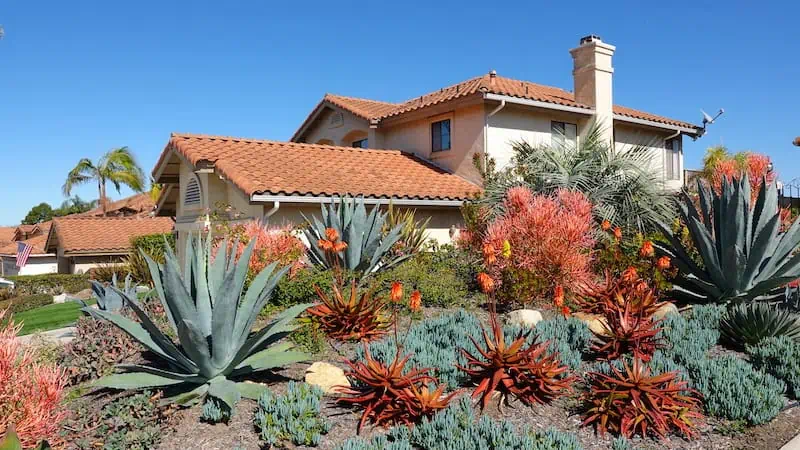More and more people are making a conscious effort to become eco-friendly. That is, they want to waste less, use less, and lower their impact on the environment as best they can.
If you haven’t already taken steps to be more green, here’s one reason to start: Air pollution is associated with 7 million premature deaths every year.
Here’s another reason to be more eco-friendly: Making your home energy-efficient can save an average of $2,900 annually.
You can always incorporate routines like recycling or turning down the thermostat, or you can go big by investing in a new, energy-efficient home. And there are plenty more events, both large and small, that you can make more eco-friendly — including your moving day!
Why an Eco-Friendly House Matters

You’ve probably heard of the term “going green”. But what does it mean to be green, anyway?
Simply put, it means reducing our consumption of resources. By changing our behaviors and spending habits to be more eco-conscious, we can limit our negative impact on planet Earth and ensure that future generations have enough healthy food, clean air, and drinking water to live. Sounds simple enough, right?
“Deep retrofits that include upgrades such as thick insulation and thorough air sealing can cut a home’s energy use by 58% to 79% and emissions by 32% to 56%…”
One way to live a green life on auto-pilot is by living in an eco-friendly home.
Unsurprisingly, the best place to start (if you have the option) is before the house is even built. Homes constructed using more sustainable materials with greater durability will consume less energy, which results in less waste, less pollution, and less environmental damage overall.
Eco-friendly builders typically use these resources and materials when creating an efficient, sustainable home:
- Solar power
- Rainwater collection
- Natural lighting
- Sustainable wastewater recycling
- Native plants and less lawn space
- Solar chimneys
- Exhaust fans
- Natural paints
- Eco-friendly building materials
Arguably, the main incentive for building an eco-friendly home is promoting a culture of sustainability. But what can you still look out for when you’re moving into an already-built home?
See prices for local moving labor. Read real customer reviews. Easily book your help online.
The Benefits of an Eco-Friendly House
With the earth’s population growing and traditional resources becoming scarcer, becoming eco-friendly is undoubtedly the best thing you can do for yourself, your family, and the planet as a whole.
With so many newly-built homes coming available on the housing market, mortgage brokers are now offering what’s known as a green mortgage. By offering lower interest rates and/or larger loan amounts, these home loans incentivize people to buy sustainable homes or commit to investing in renovations that improve an existing building’s environmental performance.
Here are four other reasons to think about moving into an eco-friendly home:
- Huge energy bill cuts: Deep retrofits that include upgrades such as thick insulation and thorough air sealing can cut a home’s energy use by 58% to 79% and emissions by 32% to 56%, depending on the age of the home and the surrounding climate.
- Measurable impact on the environment around you: By making the move to go green, you reduce your home’s greenhouse gas emissions, limit your exposure to harsh chemicals, and encourage sustainable practices like composting and recycling.
- Raised property value: Many studies show that green homes sell faster and for more money than homes without energy-efficient designations. Homes with high energy-efficiency ratings sold for 2.7% more, on average, according to Freddie Mac, a mortgage loan provider.
- Way lower maintenance: Aside from being easier on the planet, an eco-friendly home is also easier to maintain. Green materials, such as bamboo, are more durable and longer-lasting than traditional materials like wood.
How To Make Your Move Way Easier on the Environment
Let’s face it, moving generates a lot of waste. In fact, Americans who are moving throw out about 8.4 million tons of junk each year. Why? There’s tons of packaging and fuel involved in a move. So how can you make your move more sustainable?
- Use reusable containers and bags – Free cardboard boxes may be easy to find, but they are not as durable as reusable containers. They’re also not as reliable when it comes to keeping your breakables intact. And, those reusable containers are great for miscellaneous storage after moving.
- Declutter first: One of the best ways to save money during a move is to not have to move something. Decluttering saves on gas, space, and time; there are plenty of ways to offload unwanted items, like selling or donating them.
- Plan your move out: Start by putting together a moving checklist several weeks out, which includes what type of professional movers to hire (if any), the supplies needed, how you’ll tackle each room, and the best time of the week to move.
- Use alternative packing materials: Your house is full of great packing materials that you may not be thinking of. Using your own clothing and soft furnishings as packing material reduces the need for bubble wrap or paper. Many moving companies also offer biodegradable packing peanuts, recycled wrapping paper, and/or green bubble wrap.
- Hire an eco-friendly moving company: If you plan on hiring a professional moving company, choose one that uses sustainable practices and reusable or recycled packing materials.
Eco-Friendly Upkeep for Your Home
Even if your new home was built with eco-friendly fixtures and materials, there are still some things you can do to help reduce your carbon footprint and lower the overall cost of operating your home.
“By offering lower interest rates and/or larger loan amounts, [green mortgages] incentivize people to buy sustainable homes, or commit to investing in renovations that improve an existing building’s environmental performance.”
These are some little changes you can make that will have a big impact on the sustainability of your home:
- Compost your food waste: Compost provides excellent fertilizer for plants. If you don’t have a garden, consider giving your compost to someone who does.
- Install water-saving showerheads: Efficient showerheads can reduce your overall water consumption.
- Wash with cold water: Heating your laundry water wastes energy and fuel, and most clothes come out clean in cold water with no issues.
- Recycle: Keep plastic, paper, and other recyclables out of the landfill.
- Use natural cleaning products: Cleaning with white vinegar, lemon juice, and other natural cleaners limits exposure to harmful chemicals and reduces the greenhouse gases created by manufacturing cleaners.
- Switch to LED light bulbs: LED lights don’t get hot, last longer, and are better for the environment than incandescent bulbs. Plus, they eventually cost less because you don’t have to buy as many.
- Always switch to paperless billing: By going digital, you cut down on the amount of paper that goes into printing your utility bills.
- Seal air leaks: By sealing spots where air might leak from your home, you can heat or cool your home more efficiently, which cuts down on the resources needed to maintain the inside temperature (and the cost).
- Line-dry your clothing when possible: Hanging your laundry on a sunny day reduces the cost of running your dryer.
Invest Some Now, Save a Lot Later
Like planting a seed to grow into a tree, putting in some money for eco-friendly home upgrades can help you save a lot more in the future.
- Upgrade to a higher efficiency boiler: About nine million U.S. homes use a boiler for heat. Upgrading an oil boiler from 57% to 90% AFUE saves 2.5 tons of carbon emissions annually.
- Install a rainwater collection system: These systems collect rainwater from your roof or the ground and store it for later use. The water can be used for landscaping, laundry, filling toilet tanks for flushing, and much more.
- Install eco-friendly windows: About 15-22% of a home’s heat is lost through single-pane windows. Eco-friendly windows can help insulate your home, and many companies offer discounts or tax rebates to offset the cost.
- Install solar panels: If your roof gets a lot of sun exposure, adding solar panels can help you reduce your energy usage considerably. This upgrade also increases the resale value of your home.
- Choose a smart thermostat: Wi-Fi-enabled devices automatically adjust the temperature settings in your home so they remain optimal. They’re also super convenient!
- Use energy-efficient appliances: Most household appliances can be replaced with an Energy Star-certified version.
- Replace your lawn with native plants: Turf lawns require a lot of water and maintenance. To cut down on water usage, fertilizers, pesticides, and mowing, consider replacing your lawn with native plants, as they’re drought-resistant and support wildlife and pollination.
See prices for local moving labor. Read real customer reviews. Easily book your help online.
Buying or building an eco-friendly home is a grand idea if it’s within your budget, but there are plenty of other ways to live in a sustainable house. You can also take steps to make your whole lifestyle environmentally friendly, such as shopping locally or eating less meat. But whether you’re moving to a new home, making small changes in your life, or making big-picture renovations, going green will undoubtedly help you and our planet.


